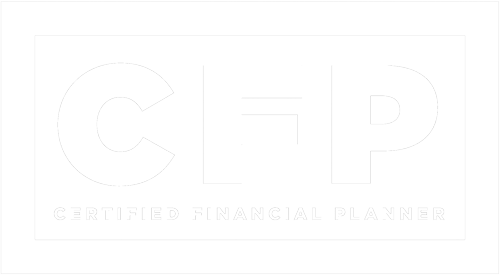
The Importance of Staying Social During Retirement

Changes Coming to Your Online Social Security Account: What You Need to Know

SEP IRA or Solo 401(k): Which Option Should I Choose?

3 Things to Regularly Review in Your 401k

Understanding the Rise in Retirement Savings: Insights from the Vanguard Study

529 to Roth IRA Rollovers: What to Know

Retirement Readiness: Identity Beyond the Workplace

Maximizing the Benefits of a Health Savings Account

Retirement Is Near. What Is Your Retirement Income Plan?








